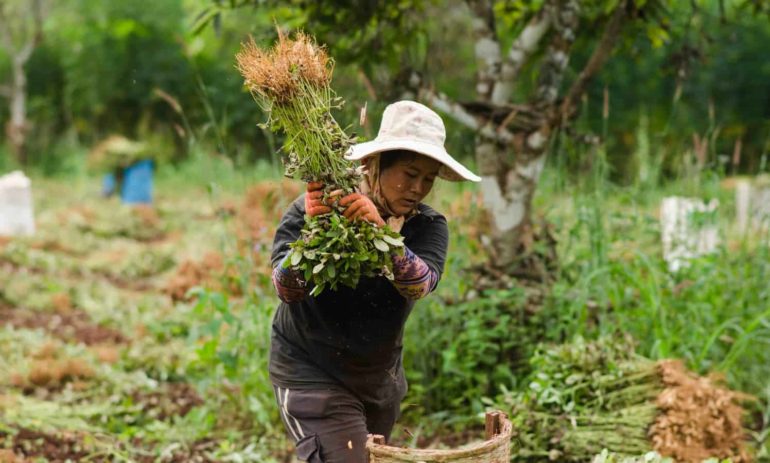Despite increasing public sector investments in food and agriculture, researchers and advocates contend that commitments to the sustainability of the sector are insufficient. According to a new landscape assessment by the Global Alliance for the Future of Food, a unique coalition of foundations and donors, shared actions could magnify the potential of individual responses to address the issues of climate change and food equity. The collaborative alliance seeks to make visible the true costs of producing food, to accelerate the transition to agroecology, and to strengthen the fundamental role that food systems play in community health and well-being.
The report, “Global Sustainable Food and Agriculture: A Landscape Assessment,” is being presented at an international dialogue May 18-19, 2015, alongside the Milan EXPO 2015 and just prior to the 2015 Annual General Assembly of the European Foundation Centre (EFC). The invitation-only symposium, entitled “Understanding, Learning, and Innovating: The Agriculture and Food Systems Sustainability Challenge,” seeks to mobilize positive action toward sustainable, secure, and equitable food and agriculture systems. Funders and key international stakeholders will come together to share inspiring examples of positive change and engage participants in robust dialogue on the potential for individual and collective action to support both new and traditional food system solutions.
Intended to provide a high-level overview of the state of the sector, the landscape assessment profiled 24 diverse donors and foundations working locally and globally on sustainable food and agriculture systems. Funding allocation estimates and maps showing the geographic distribution of grants provided an illustration of the global landscape of food and agriculture funding.
The assessment also summarized critical issues within food and agriculture funding, which were identified through a literature scan, interviews with donors, and an online donor survey. Foundations and donors perceived funding areas to be interconnected and therefore impossible to rank by priority. Many of the key issues—such as water, biodiversity, and climate change—were identified both by donors and by the literature.
Areas for further exploration, such as evaluation of changes in funding over time, and inclusion of more diverse donors, were also identified.
Donors emphasized the need for more integrative approaches to addressing critical issues, indicating interest in improving learning opportunities and collaboration among foundations within the global alliance. For that reason, the publication included an in-depth look at several initiatives, presented as global case studies that utilized integrative or holistic approaches. These case studies included the AgroEcology Fund, The Institutional Food Program, The Economics of Ecosystems and Biodiversity on Agriculture and Food (TEEB-AF), the International Panel of Experts on Sustainable Food Systems, and the McKnight Foundation’s Collaborative Crop Research Program. The initiatives were selected for their potential to impact a critical mass of organizations and individuals through strategic collaborations.
The report further emphasizes the challenge of incentivizing the shift to agroecology, realizing that the future global food system will need to increase production while simultaneously lessening the impact of agriculture on the environment. In the foreword to the publication, His Royal Highness The Prince of Wales writes, “I am confident that given a fair opportunity our farmers and food entrepreneurs will prove able to respond creatively and effectively to this challenge.”
The timely release of the report alongside the Milan Expo 2015 may allow for the foundations to realize new collaborations and observe best practices for sustainable development highlighted by the Expo. “Improving food security and eliminating hunger are feasible goals, provided that there is a clear and strong political will across the world,” said Prince Albert of Monaco.
The landscape assessment highlights the collaborative efforts of foundations to realize a truly sustainable future of food and agriculture. The critical areas identified by the assessment should serve not only as a model for new donations and collaborative alliances, but also as a vision for more significant public sector commitments.















